What can you do to improve the odds of Tulips naturalizing?
highlandernorth
12 years ago
Related Stories

DECORATING GUIDES5 Ways Art Can Improve Your Room Design
Artwork can bring together the elements of a room by being a focal point, a color inspiration, a harmonizer and more
Full Story
GARDENING GUIDES10 Tips to Start a Garden — Can-Do Ideas for Beginners
Green up your landscape even if you're short on time, money and knowledge, with these manageable steps for first-time gardeners
Full Story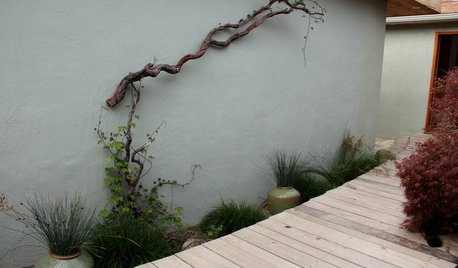
DECORATING GUIDESSee How Wabi-Sabi Can Bring Harmony and Beauty to Your Home
Create your own wabi-style style with beautifully weathered, humble materials around the house
Full Story
REMODELING GUIDESBoost Your Energy With Natural Light
Abundant natural light saves electrical energy and can lower energy bills, but the best benefit may be to your own energy and spirit
Full Story
LIFEImprove Your Love Life With a Romance-Ready Bedroom
Frank talk alert: Intimacy and your bedroom setup go hand in hand, says a clinical sexologist. Here's her advice for an alluring design
Full Story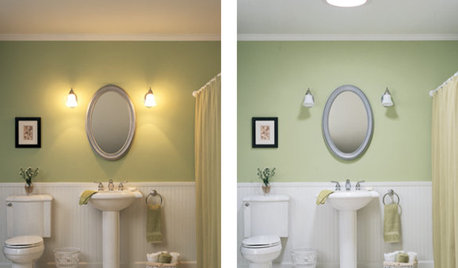
REMODELING GUIDESTubular Daylighting Devices Bring In Natural Light
More advanced and less pricey than traditional skylights, TDDs are the most modern way to let the light in
Full Story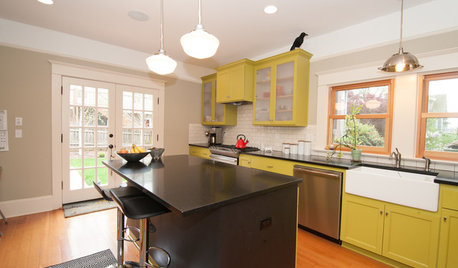
KITCHEN DESIGNKitchen of the Week: What a Difference Paint Can Make
A bold move gives a generic Portland kitchen personality without a major overhaul
Full Story
FEEL-GOOD HOMEThe Question That Can Make You Love Your Home More
Change your relationship with your house for the better by focusing on the answer to something designers often ask
Full Story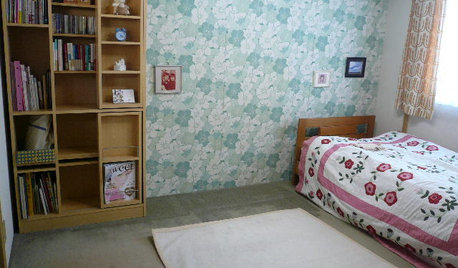
BOOKSCan Tidying Up Result in Life-Changing Magic?
Organizing phenom Marie Kondo promises big results — if you embrace enormous changes and tough choices
Full Story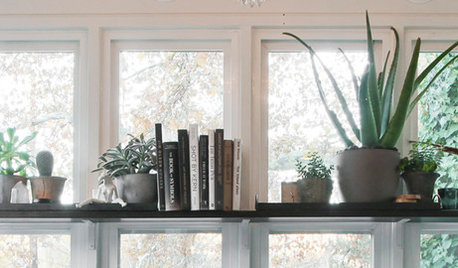
SHOP HOUZZHouzz Products: A Nature Lover’s Reading Nook
Whether you’re researching or just daydreaming, these lamps, accessories and furniture pieces will put you in a fine feather
Full StorySponsored
Industry Leading Interior Designers & Decorators in Franklin County
More Discussions







bulborum
bulborum
Related Professionals
Accokeek Landscape Architects & Landscape Designers · Beachwood Landscape Architects & Landscape Designers · Chattanooga Landscape Architects & Landscape Designers · Elwood Landscape Architects & Landscape Designers · Severn Landscape Architects & Landscape Designers · Roxbury Crossing Landscape Architects & Landscape Designers · Frisco Landscape Contractors · Belvedere Park Landscape Contractors · Brunswick Landscape Contractors · Lexington Landscape Contractors · Painesville Landscape Contractors · Soddy Daisy Landscape Contractors · Stony Brook Landscape Contractors · Vineyard Landscape Contractors · York Landscape ContractorsSmivies (Ontario - 5b)
bulborum
Smivies (Ontario - 5b)
katob Z6ish, NE Pa
pizzuti
bulborum
sunandshadow
khabbab